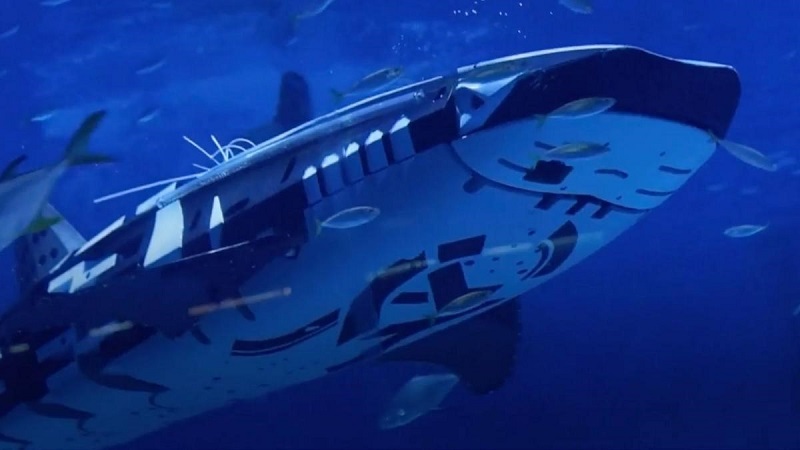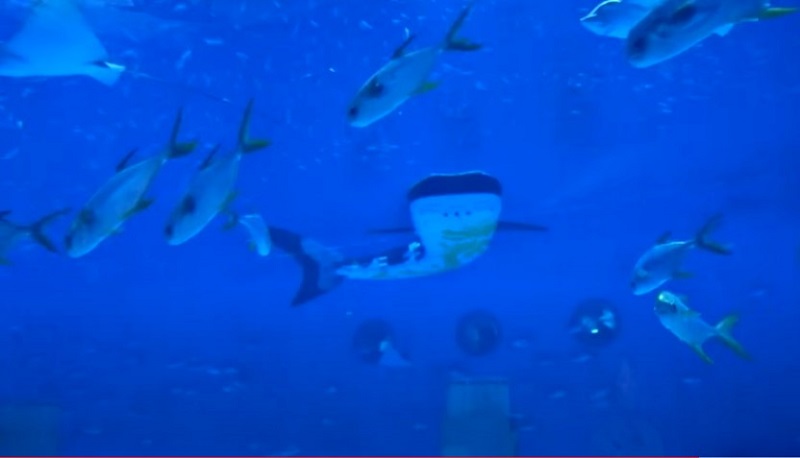On August 6, 2024, Shenyang Aerospace Xinguang Group, a key player under the Third Academy of China Aerospace Science and Industry Corporation Limited, introduced a revolutionary innovation—the world’s first intelligent robotic whale shark. This creation is a striking example of how aerospace technologies are being adapted for marine environments, pushing the boundaries of what’s possible in underwater robotics.
The Robotic Whale Shark: Engineering and Design
Advertisement

Source: YouTube: CGTN
The robotic whale shark is an engineering feat, stretching nearly five meters long and weighing in at 350 kilograms. Its design intricately mirrors the natural anatomy and movement of a real whale shark. With seven actuated joints, this robotic creature is capable of fluid, lifelike movements, including swimming, turning, floating, diving, and even mimicking the mouth movements of its biological counterpart.
Cutting-Edge Features and Capabilities
Advertisement

Source: YouTube: CGTN
This robotic marvel comes equipped with a suite of advanced technologies, including wireless remote control, pre-programmed swimming patterns, and a sophisticated multi-joint bionic propulsion system. It can achieve speeds of up to 0.7 meters per second and dive to depths of 20 meters. The robot is also outfitted with optical cameras, various sensors, sonar, and a BeiDou positioning system, making it ideal for tasks like monitoring water quality and mapping underwater terrain.
Tackling the Technical Hurdles
Advertisement

Source: China Daily
Fang Xuelin, who serves as the assistant director of the Underwater Propulsion Technology Research Office, shed light on the technical challenges encountered during the development process. A significant obstacle was the integration of sensor data, requiring the creation of a responsive “brain” for the robot. This system processes vast amounts of information from multiple sensors to ensure the robot can navigate complex underwater environments effectively.